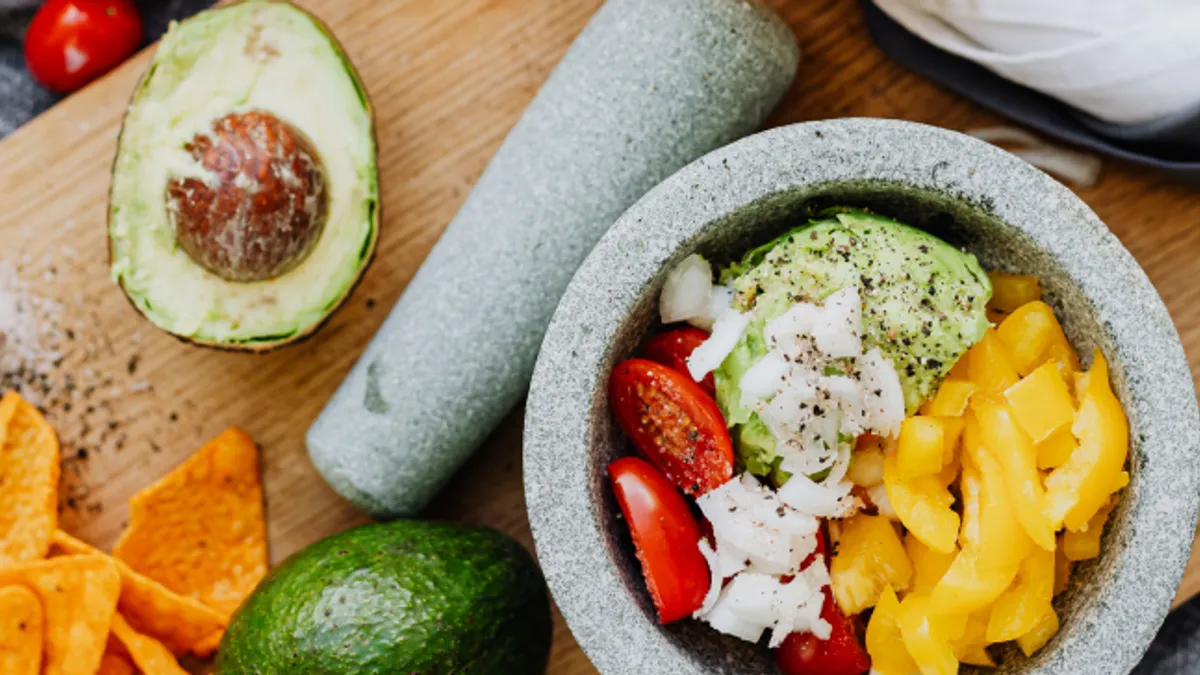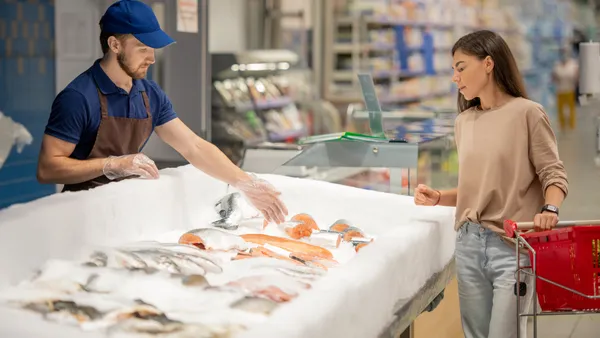Grocery store operators see a golden opportunity in food-focused celebrations like Cinco de Mayo and Memorial Day; it's when their produce department can really shine, helping bolster sales and spur future business from first-time visitors and loyal customers alike.
But when it comes to stocking up for holidays, it's easy to misfire. Here are five common mistakes produce teams often make and how to prevent them so your produce section can drive maximum sales and profits.
Mistake 1: Underbuying or overbuying holiday-specific items.
What's a Cinco de Mayo celebration without fresh limes, tomatoes and avocados, or a Memorial Day BBQ devoid of juicy watermelon and corn on the cob? Without ample selection, you risk losing shoppers to the market down the street, but just as troublesome for your bottom line is having excess produce, which can lead to waste and steep discounting.
"Either you fall short, which is going to disappoint your customers, or you go too long, which turns that profit you expected to make into severe losses," says Matt Schwartz, CEO of Afresh, a company designing AI solutions specifically for the unique operational demands of fresh food to boost profitability and performance in fresh categories.
Mistake 2: Not bringing products in early enough to pre-ripen or pre-condition.
"Ripeness equals flavor," says veteran produce executive Scott Schuette. That means the green avocados you plan to offer around Cinco de Mayo and the peaches and nectarines that are ideal for Memorial Day cobblers need to be ordered early. "They need time to pre-ripen for maximum customer eating satisfaction," he says.
But having the right produce at the right time is extra tricky at the holidays, when everyone wants items in the same "state." That's a contrast to routine shopping trips when some customers might appreciate produce that's a little less ripe so they can bring it home and save it for later in the week. Take bananas as an example. As Schwartz explains, normally produce managers aim to order bananas at different stages of ripeness to minimize shrink and meet the varied desires of shoppers. However, without accurate forecasting at the holidays, you risk being left with a surplus of produce that ripens just a bit too late for celebrations.
Mistake 3: Forgetting to order enough of the "sleeper" items for the holiday.
You may be swimming in avocados and limes, but do you have enough of those unexpected crowd-pleasers—the ones that gain last-minute momentum from elements like traditional spring recipes, perfect weather and even culinary trends?
For example, Schuette notes that while fresh dill is very popular for many homemade dip recipes, it's an easy item to forget when you're ordering. Value-added cut fruit packages are another last-minute impulse item that can also boost your bottom line, like cut watermelon halves that sell like crazy when the weather is hot and sunny, and can become customer favorites and create repeat purchases. And, having fresh shredded beets at the ready helps your trend-setters who want to use the new star salad ingredient.
Mistake 4: Not paying attention to what day of the week a holiday falls on.
Last year was an anomaly when it came to customer behavior, but as things begin a cautious return to normal, it can be easy to put your ordering patterns back on autopilot based on previous years. But 2021 fiestas are still likely to be a little smaller than before—not only for social distancing, but because of Cinco de Mayo's unfortunate day placement. It's not a weekend, and it's not even "Taco Tuesday," instead hitting holiday wasteland Wednesday, which can potentially limit sales.
But the day of the week has another impact on the amount of product that might move; even if shoppers are only stocking up for their immediate family or a small gathering, it can affect the rest of the week. "Holidays that fall on a Wednesday often create very slow Thursday and Friday customer shopping patterns," points out Schuette, so produce teams will want to take that into account as they consider how to buy the right amount for the right day and date.
Mistake 5: Creating a merchandising dream that turns into a nightmare for the operations team.
Who doesn't love a big fancy display of heirloom tomatoes, limes and avocados, topped off with a sprinkle of cilantro? Well, the store employees who have to build it, that's who, since it can be challenging on top of their other tasks. "One of the common tensions surrounding the holidays is the desire to do creative, fun things, but then failing to consider the logistics," says Schwartz. The devil is in the details of the execution strategies, and labor-intensive plans can complicate the team's everyday activities.
That's where a system like Afresh can help with the heavy lifting, freeing up time for these spirited promotions that drive customer delight. In fact, that's another reason why a better ordering system can ease the staff's burden. "Afresh's AI system can handle the dynamics and allows you to harness the creative opportunity that a holiday presents and do so in a profitable, consistent way," he says. "We know AI can never replace the instincts and experience of the produce team, but we can help them do their job well and give them time back to be innovative."
Wondering how you can combine the power of your outstanding produce team with the power of AI? Learn more at www.afresh.com.
Afresh Technologies develops AI-powered solutions that optimize merchandising, ordering and operations for all fresh departments. Afresh significantly reduces food waste, improves its partners' profitability, and makes fresher, healthier food more accessible to all. One-third of all food is thrown away each year, and Afresh is addressing the enormous problems of waste and environmental impact while helping grocers avoid expensive losses. Afresh is a Series A startup based in San Francisco that was founded in 2017 by Matt Schwartz, Nathan Fenner and Volodymyr Kuleshov.










